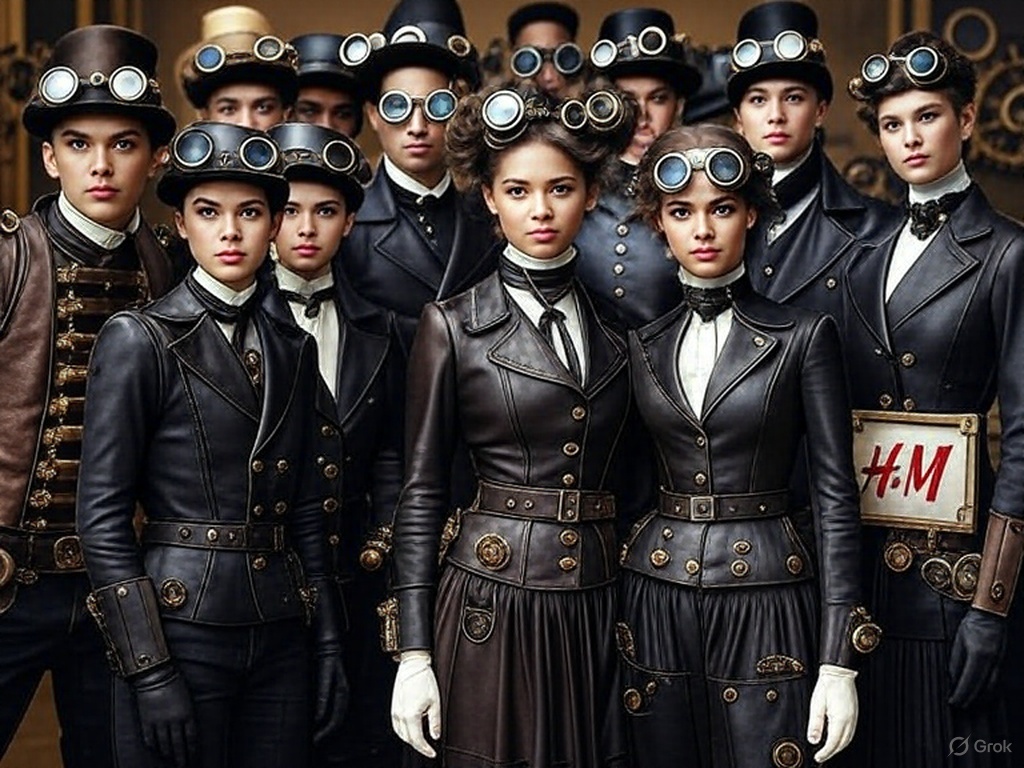Fashion retail giant H&M is stepping into the future of marketing by leveraging artificial intelligence (AI) to create digital "twins" of 30 real-life models for use in advertising campaigns and social media content.
Announced in early 2025, this initiative has ignited a heated discussion within the fashion industry, balancing the promise of technological innovation against concerns over job security and ethical implications.
A New Era of Fashion Marketing
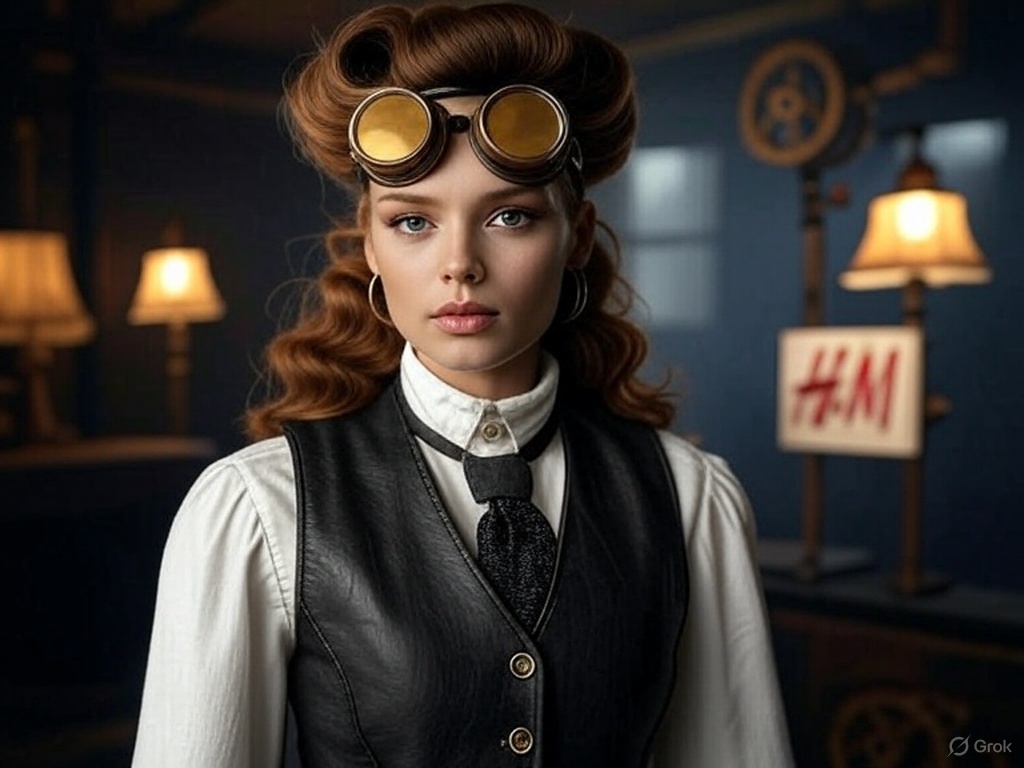 H&M’s plan involves collaborating with models and their agencies to develop highly realistic digital replicas, or "digital twins," which can be used in place of traditional photoshoots.
H&M’s plan involves collaborating with models and their agencies to develop highly realistic digital replicas, or "digital twins," which can be used in place of traditional photoshoots.
By capturing extensive data — such as photographs from multiple angles, movements, and lighting conditions — and processing it through AI, the company aims to produce lifelike avatars that can be styled and posed as needed.
H&M has partnered with Swedish tech firm Uncut to bring this vision to life, emphasizing that the technology will complement, not replace, its human-centric approach.
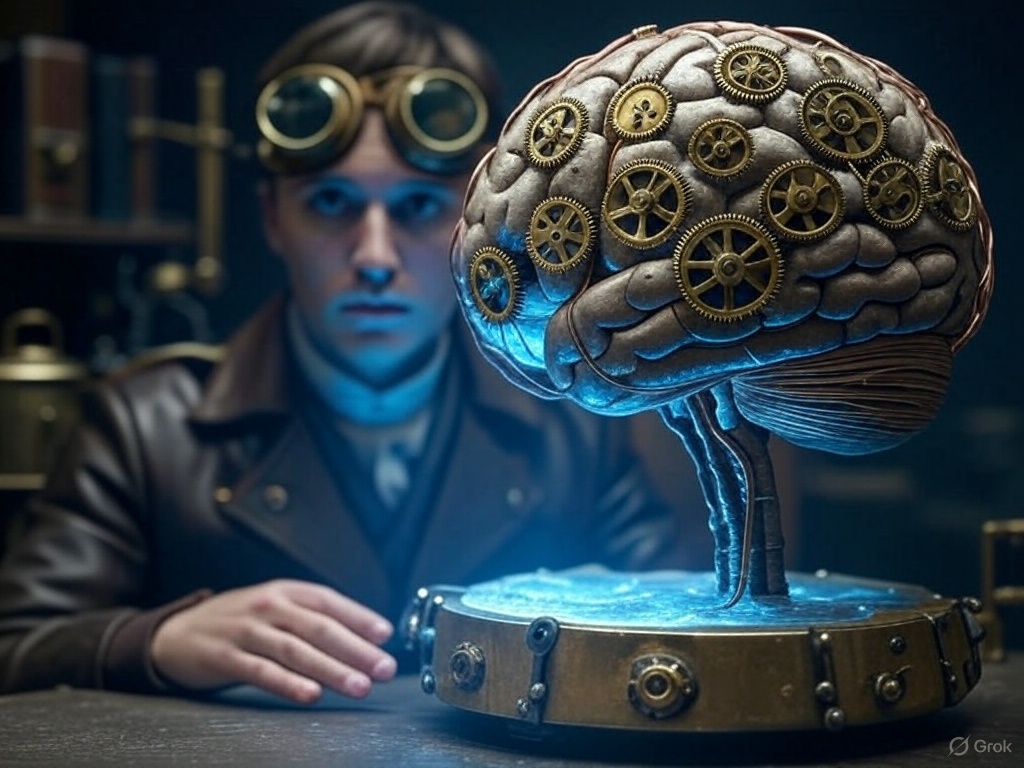 The company has assured that models will retain full ownership of their digital twins, allowing them to license these virtual likenesses to H&M and even rival brands.
The company has assured that models will retain full ownership of their digital twins, allowing them to license these virtual likenesses to H&M and even rival brands.
To ensure transparency, H&M plans to watermark AI-generated images, clearly indicating their artificial nature, particularly in initial social media posts.
Models will also be compensated for each use of their digital replicas, with payment structures mirroring traditional modeling contracts.
Benefits for Models: A Double-Edged Sword
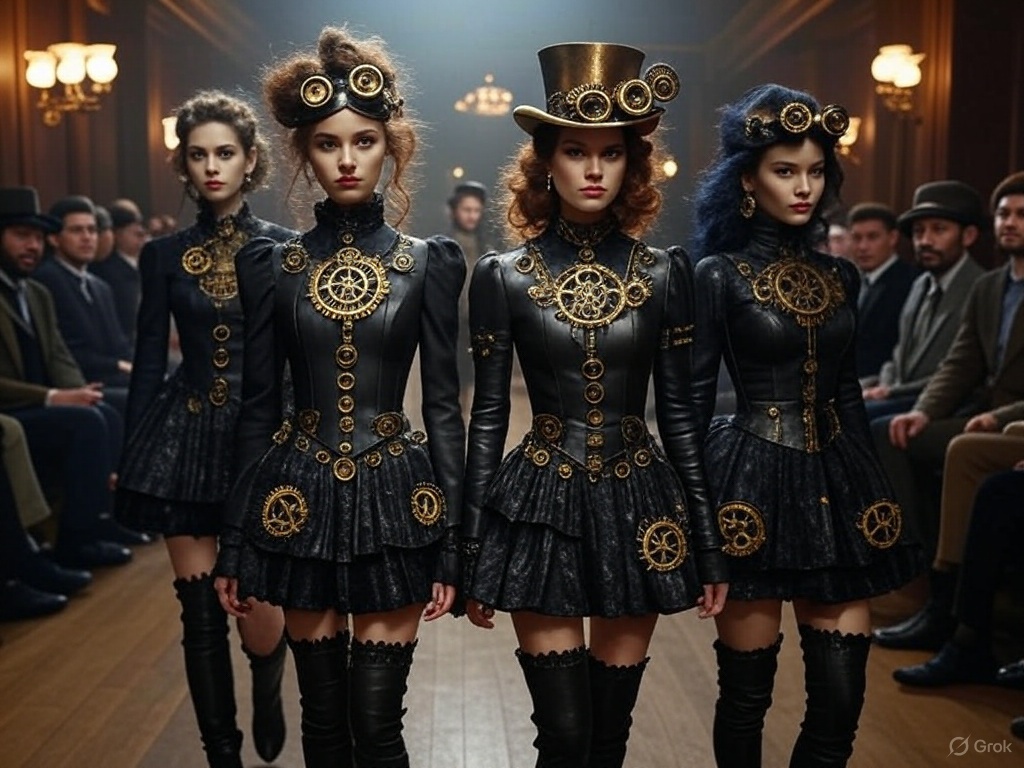 For some models, the introduction of AI twins presents a unique opportunity.
For some models, the introduction of AI twins presents a unique opportunity.
Mathilda Gvarliani, one of the models involved, highlighted the advantage of her digital twin, stating, “She’s like me, without the jet lag.”
This reflects a key benefit: the ability to "work" in multiple campaigns simultaneously without the physical demands of travel or long shoots.
Models could potentially increase their earnings by licensing their digital selves to various brands, offering a new revenue stream in an industry often marked by precarious working conditions.
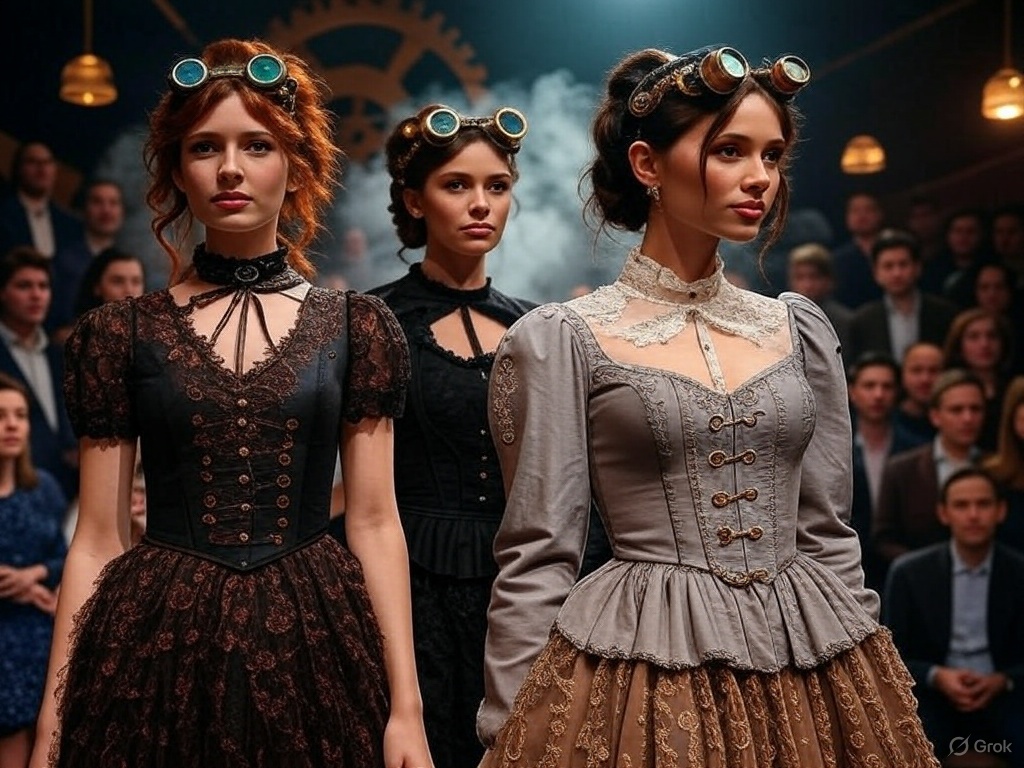 However, the initiative has not been universally welcomed. While the models themselves may benefit, the broader fashion ecosystem — photographers, makeup artists, stylists, and other creatives—faces uncertainty.
However, the initiative has not been universally welcomed. While the models themselves may benefit, the broader fashion ecosystem — photographers, makeup artists, stylists, and other creatives—faces uncertainty.
Traditional photoshoots often require extensive crews, but digital twins could significantly reduce the need for such teams, potentially leading to job losses.
American influencer Morgan Riddle called the move “shameful,” lamenting the potential “RIP to all the other jobs on shoot sets” in an Instagram story.
Industry Backlash and Ethical Concerns
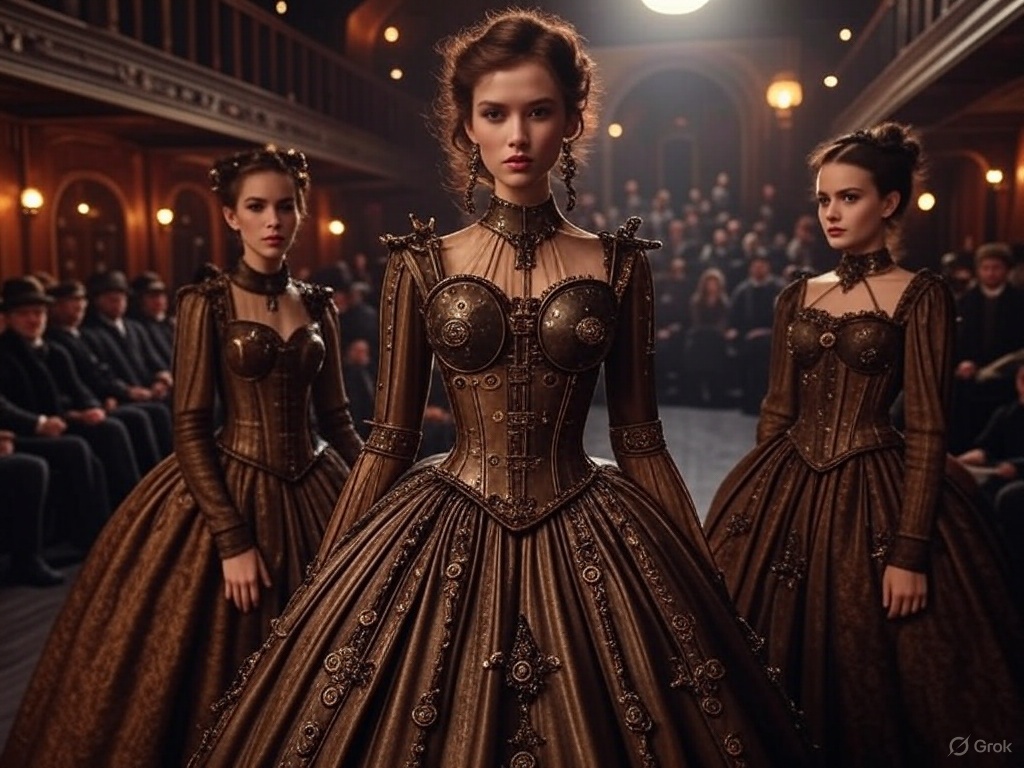 The fashion industry is no stranger to AI, with brands like Levi’s and Mango previously experimenting with AI-generated models, often facing backlash over similar concerns.
The fashion industry is no stranger to AI, with brands like Levi’s and Mango previously experimenting with AI-generated models, often facing backlash over similar concerns.
H&M’s initiative has reignited debates about the ethical use of AI in creative fields.
Labor activist Sara Ziff, founder of the Model Alliance, has voiced “serious concerns” about the lack of robust protections for models, particularly around consent and fair compensation.
She argues that the technology could displace not only models but also the wider network of professionals who bring fashion imagery to life.
 Trade unions like Equity in the UK have echoed these sentiments, with General Secretary Paul W. Fleming stressing the need for models to have full control over their likenesses and fair pay.
Trade unions like Equity in the UK have echoed these sentiments, with General Secretary Paul W. Fleming stressing the need for models to have full control over their likenesses and fair pay.
He warned that some models are still being pressured into signing unfair contracts that undermine their rights, calling it a “violation” of personal agency.
The Fashion Workers Act, set to take effect in New York in June 2025, aims to address these issues by requiring written consent for the use of digital replicas, along with clear terms on scope, pay, and duration.
Navigating Innovation and Responsibility
H&M’s Chief Creative Officer, Jörgen Andersson, has defended the initiative as a way to “explore how to showcase our fashion in new creative ways” while staying true to the brand’s commitment to personal style.
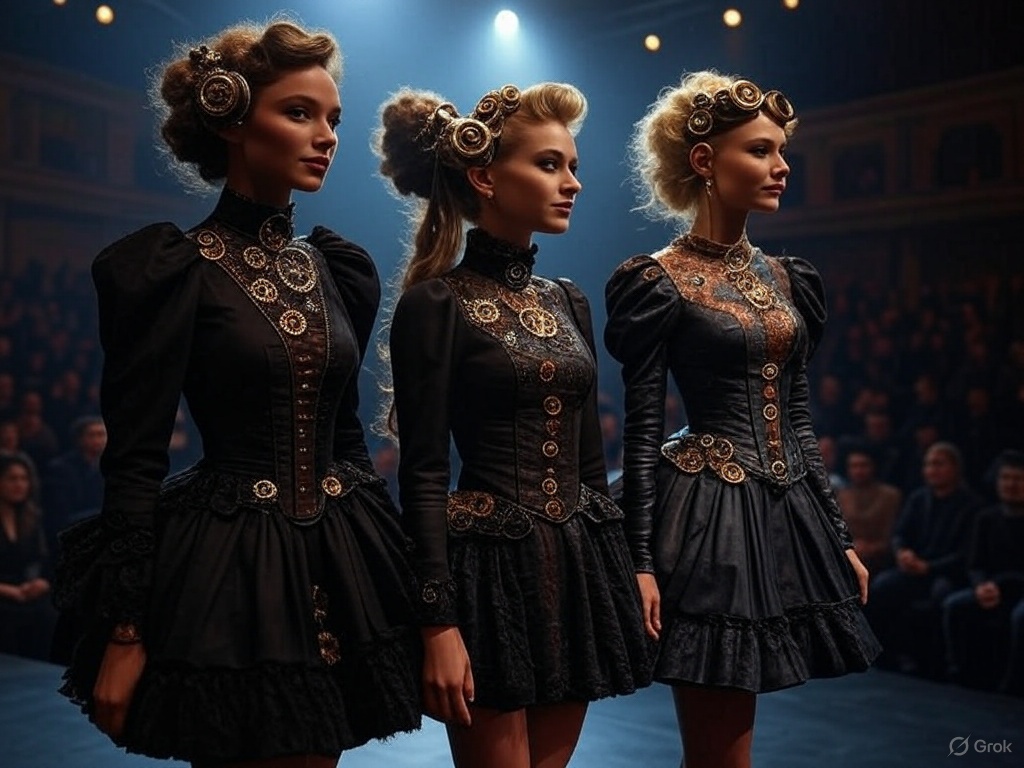 The company acknowledges that it doesn’t yet fully understand the long-term impacts of this technology, not only on models but also on the broader creative workforce.
The company acknowledges that it doesn’t yet fully understand the long-term impacts of this technology, not only on models but also on the broader creative workforce.
Critics argue that this uncertainty underscores the need for stronger regulations, such as the EU AI Act, set to be introduced in 2026, which will mandate clear labeling of AI-generated content.
The move has also drawn mixed reactions from industry insiders. Some, like Rob Stone from Citypress, see potential for “scaling creativity” without replacing human talent, provided ethical safeguards are in place.
Others, like model Elda Scarnecchia, worry that the focus on models’ benefits overlooks the broader impact on creative teams, emphasizing that fashion is a “communion of ideas” that relies on human collaboration.
A Steampunk Twist on the Future
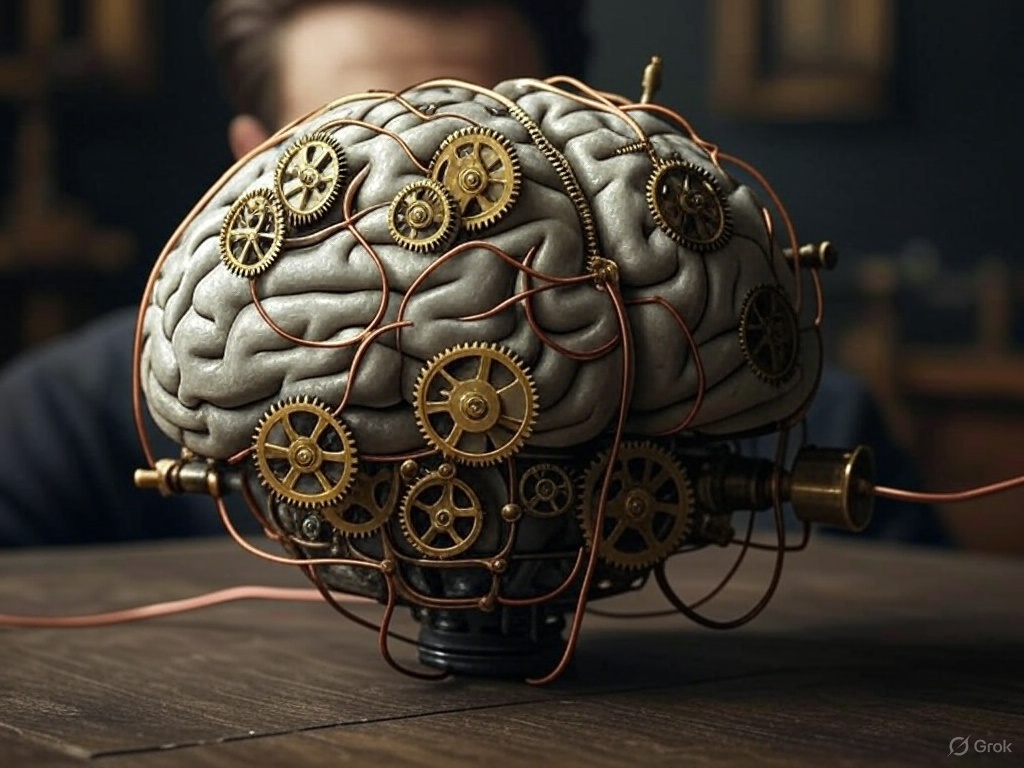 Imagine a steampunk-inspired version of this technology: a brain-like device adorned with brass gears and copper wires, interfacing with a human mind to project virtual avatars into the world.
Imagine a steampunk-inspired version of this technology: a brain-like device adorned with brass gears and copper wires, interfacing with a human mind to project virtual avatars into the world.
While H&M’s digital twins are far more sleek and modern, the underlying concept of merging human essence with mechanical innovation echoes the spirit of steampunk — a reminder that technology, when wielded thoughtfully, can bridge the organic and the artificial in remarkable ways.
Also read:
- SpongeBob: Snoop Dogg’s Biggest Fan, Says Voice Actor Tom Kenny
- Quasa Rewards Launches: A New Era of Incentives in the Creator Economy
- Andor’s Final Episodes Score Record-Breaking 9.8 on IMDb, Cementing Season 2 as a Star Wars Masterpiece
The Road Ahead
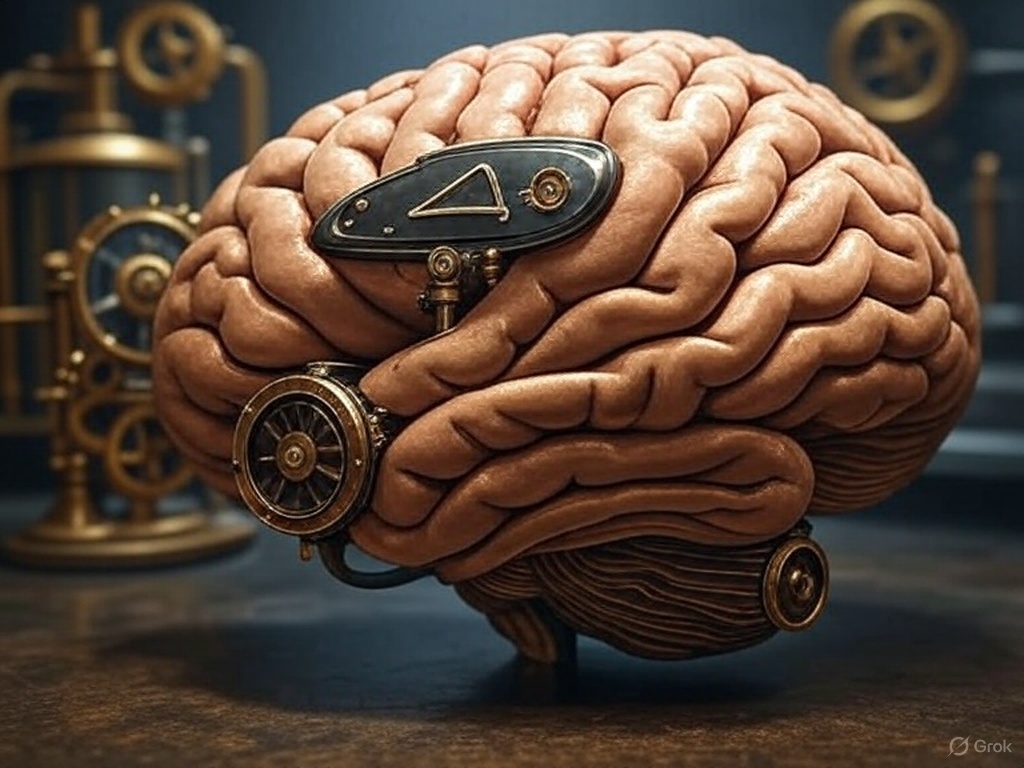 H&M’s venture into AI-driven fashion marketing marks a pivotal moment for the industry.
H&M’s venture into AI-driven fashion marketing marks a pivotal moment for the industry.
On one hand, it offers models new opportunities for flexibility and income; on the other, it raises critical questions about the future of creative jobs and the ethical use of AI.
As the fashion world watches closely, the success of this initiative could set a precedent for how brands balance innovation with responsibility.
Will digital twins empower the industry to focus on more meaningful creative projects, or will they erode the human artistry that defines fashion? The answer remains to be seen, but one thing is clear: the intersection of AI and fashion is here to stay.

